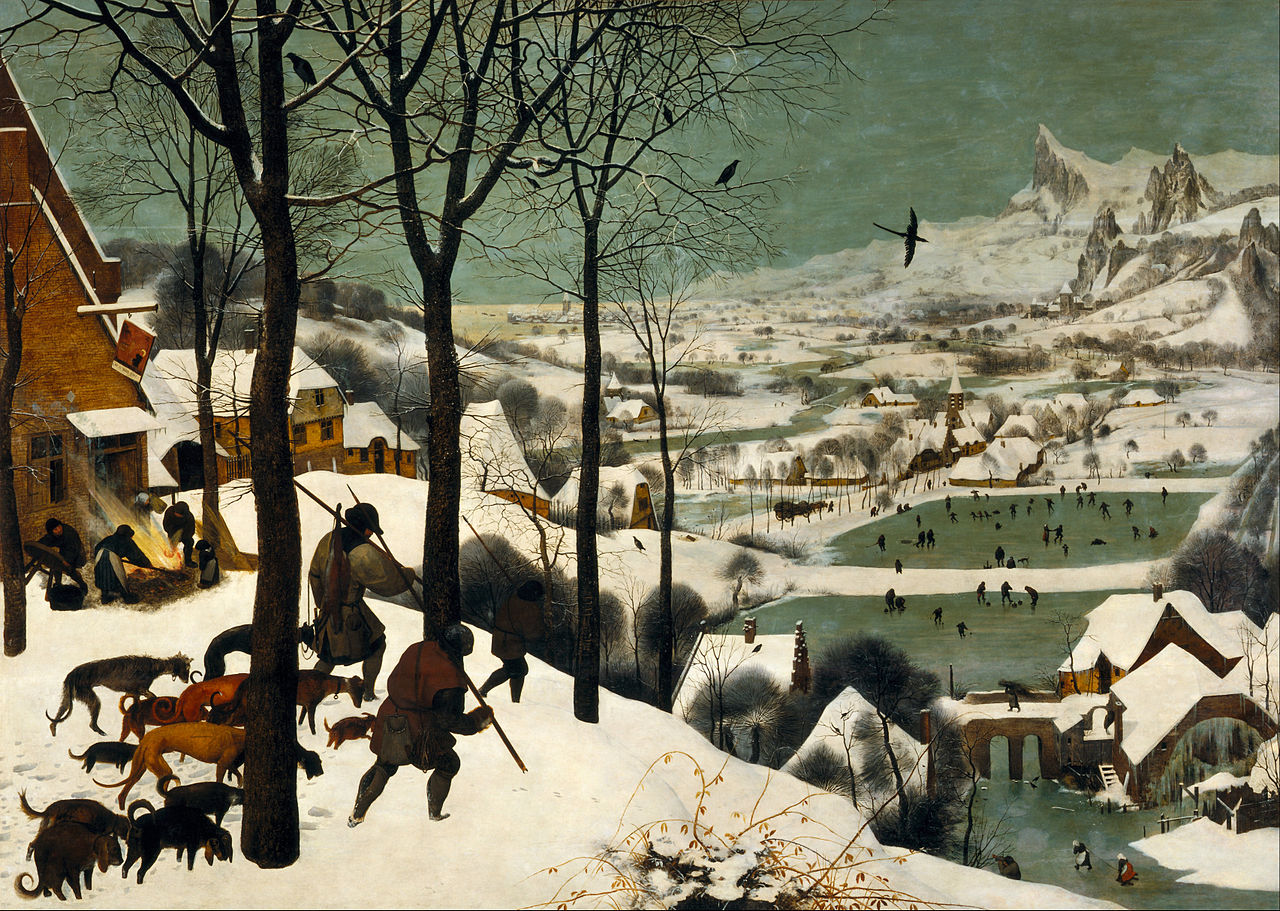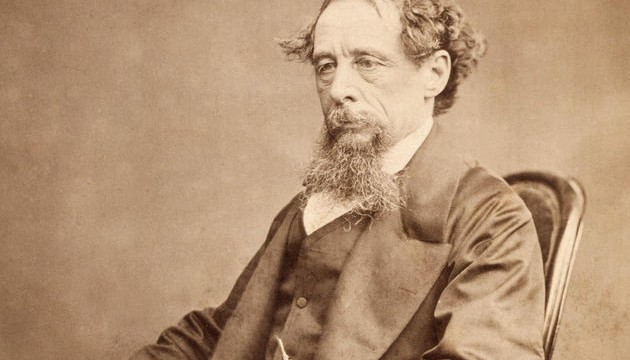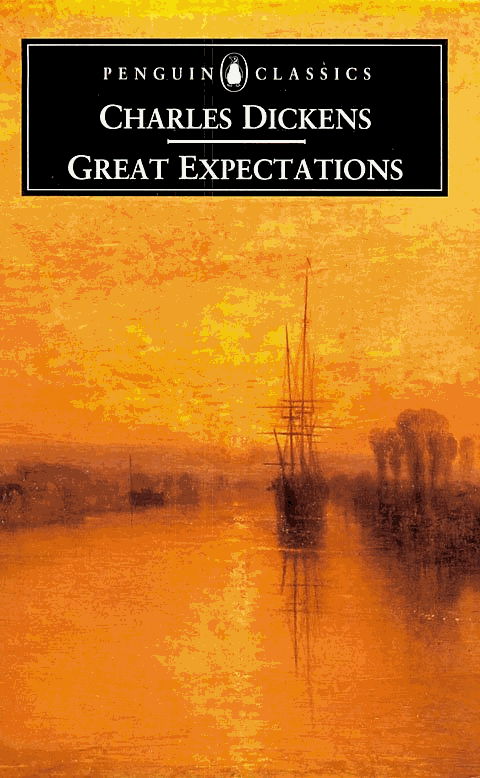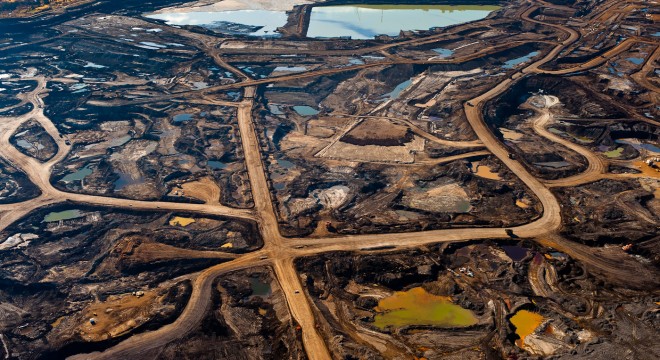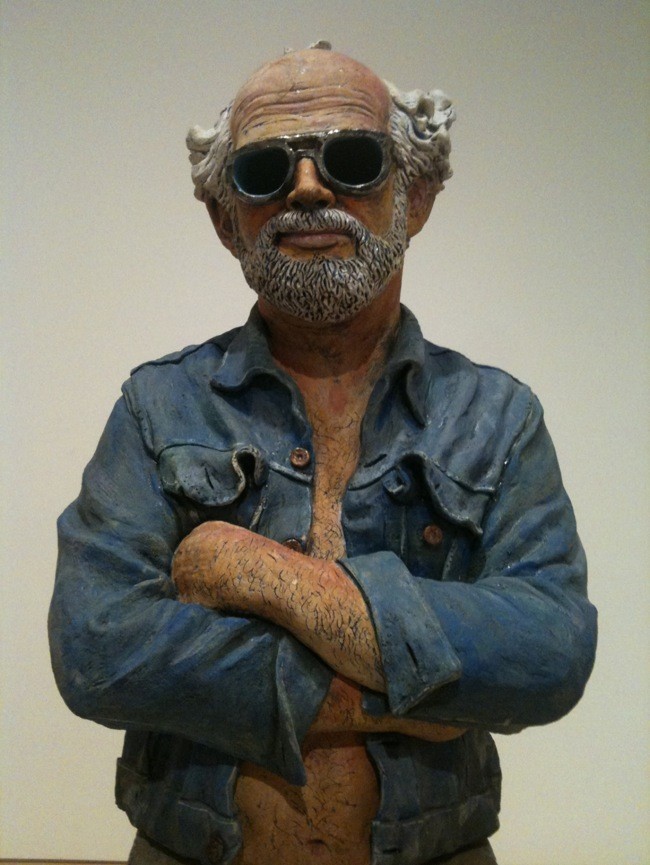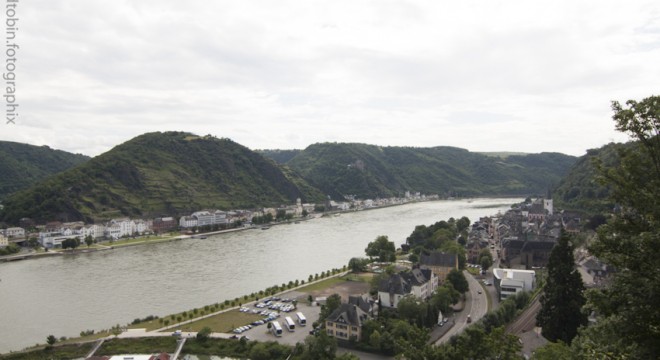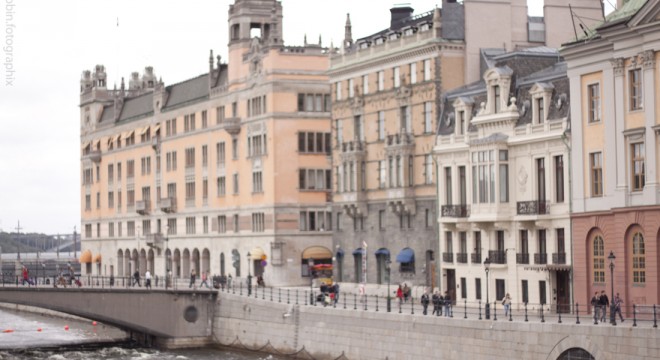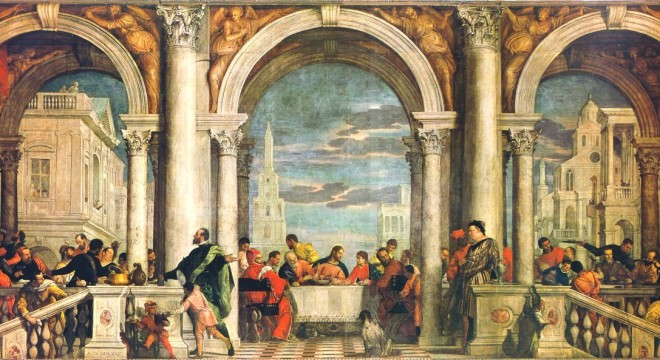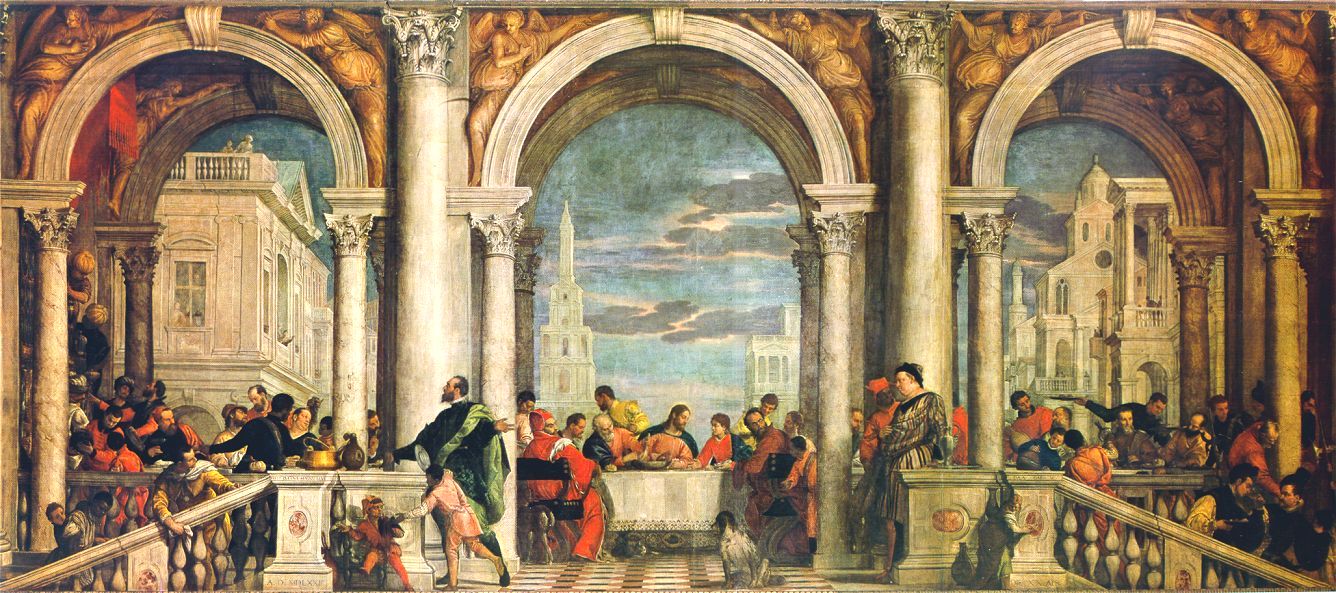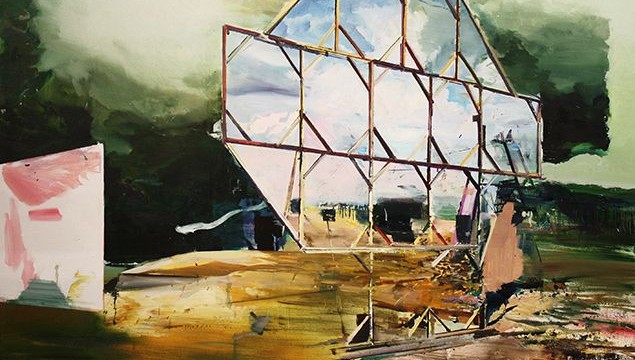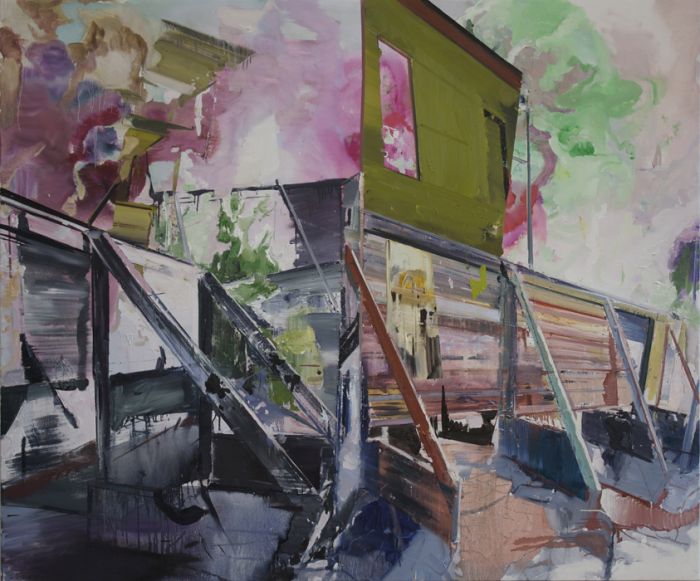Pieter Brueghel the Elder ( 1525? – 1569 ) was a Flemish painter fascinated with the idea of making peasant life into artistic scenes of poetry and drama. He thrived on intimate peasant habits, industrial conflicts, and spiritual practices of the time.
When Brueghel was a young man, he traveled over the Alps to Italy to learn from the Italian masters. However, what he did learn was that he was a Northerner through and through, and didn’t take much from the leads of the Italian masters. However, what he did fall in love with was the landscapes of the Italians. Brueghel effectively snubbed the Italian art that was beginning to so enthuse the other Flemish artists in the North. This mentality of Brueghel was aligned with the elder Flemish artists who had for so long fought to create a unique style.
Pieter Brueghel reportedly had an ironic sense of humor, which translated into his landscapes. The natural backgrounds with such vastness and insight into life are truly breathtaking. Hunters in the Snow takes the viewers eye naturally through the landscape, to observe every nuance of the painting. I personally always start in the foreground, in the front left and sweep my way right and back. Those cliffs are what legends are made of, the distant port in the background, and the frozen canals and creeks that sweep through the landscape provide for my imagination boundless dreams that I would love to walk along and explore.
The thing I am most curious about though, is did they really have skates back then?
This painting was part of a series of landscape paintings started by Brueghel, of which only 5 were finally completed before his death. They all were themed around peasant going about chores and other daily activities. It was done with oil on a wooden panel. Apparently, there are firemen putting out a chimney fire in the background somewhere, which I cannot see..
The painting now resides with a collection in the Kunsthistorisches Museum, located in Vienna, Austria. This painting is an example of the Northern Renaissance movement.

